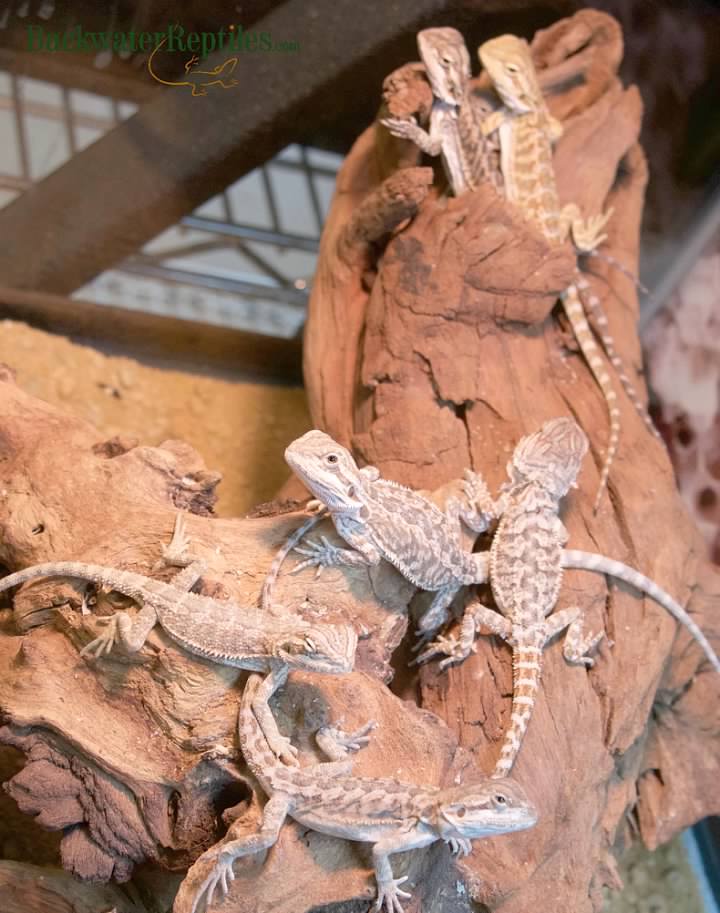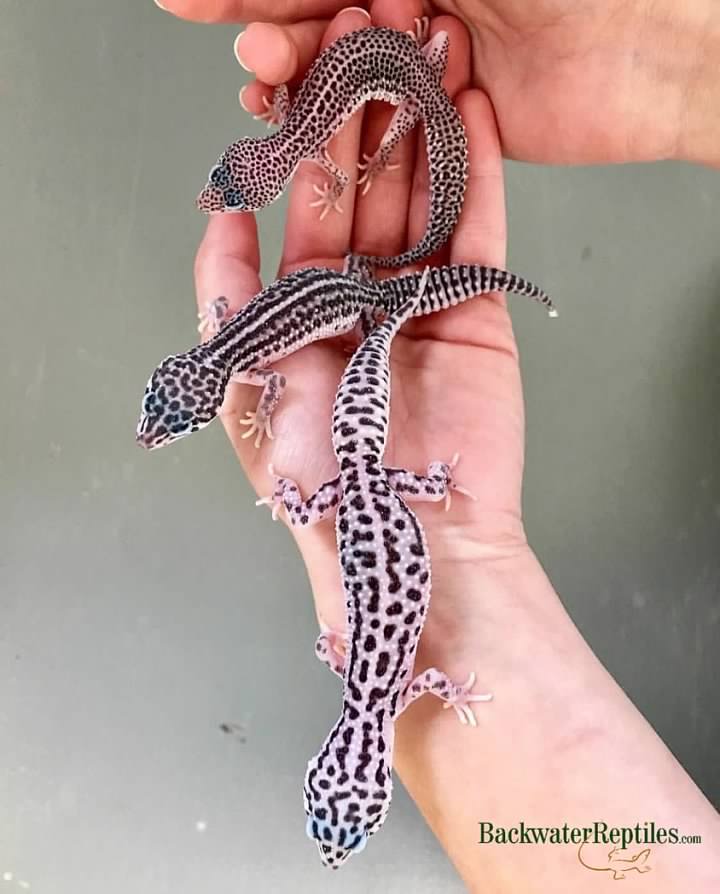Can my reptiles cohabitate?
Many people wonder if it’s safe to have multiple reptiles living within the same enclosure. Furthermore, sometimes people might be interested in housing multiple animals that are different species together. Does this work and is it safe? In this article, we’ll discuss the topic of reptile cohabitation and teach you some guidelines so that your pets can safely live together…or separately.

Which species can live communally together?
For the most part, reptiles are non-gregarious and don’t require a “friend” in their space to keep them happy. But, you can often house a male and female together or multiple females with no issues and maybe even the added surprise of reproduction!
Here are some species that are commonly housed together and typically have no issues with one another: young bearded dragons, certain species of snakes such as garters and rattlesnakes, monkey-tail skinks, shingleback skinks, some species of tortoise and many species of aquatic turtles such as sliders and cooters.
Are there any different species of reptiles that can safely live together?
Again, we want to make it clear that we do not recommend housing reptiles of different species together in one enclosure. It can be done, but it is a controversial subject within the herpetology world and also many people aren’t experienced enough to be able to do so safely.
But, if you want to give it a try, a good species to start off with would be aquatic turtles. Sliders, cooters and painted turtles will actually coexist peacefully in the same pond in the wild and it’s not too difficult to replicate ponds in your own backyard. In fact, it can be quite pleasant to have your own pond populated with fish, turtles and other natural wildlife.

How do I know if it’s safe to let my reptiles cohabitate?
Ideally, you want to do a ton of research prior to putting two animals in the same enclosure, regardless of whether or not they happen to be of the same species.
Here are some things you should consider prior to allowing your herps to cohabitate:
Is there enough space? All animals should feel safe and have places to hide, thermoregulate and eat food. There should be enough room for each to bask or cool off accordingly without competing.
Are the temperatures, humidity levels and substrate suitable for all the animals living within the enclosure? For instance, you don’t want to house a tropical species and a desert species together as they likely have extremely different temperature and humidity comfort levels.
Are the animals known to be aggressive toward others? This could be something as simple as determining if males and females of the same species are safe together year round. It could also be more complicated and require you to know if you have a particularly feisty or skittish species on your hands such as a Tokay gecko or an ameiva.
Will there be enough food? This is the biggest concern you should have. Underfed animals are far more likely to cannibalize other animals, plus no one wants their reptiles skinny and unhealthy even if they are a vegetarian species. Make sure that the animals are all able to eat safely and without stress from others, even if that means moving animals to separate enclosures during feeding time.

Cohabitation Tips and Tricks
Watch your animals. Once you have determined that a group or pair of animals will live together, we advise that you keep a close watch on them at first. This will help you make sure that if any aggression occurs you can immediately separate the animals. It also allows you to watch feeding habits to make sure that all the occupants of the enclosure get the proper portion of food.
Be prepared to make adjustments. Even if you have researched your herps into the ground or you are very experienced in keeping reptiles, we still recommend that you have a backup home prepared. This way if anything goes wrong or you have any doubts that the animals will get along, you still have a safe place for all the animals to live.
Introduce your animals in a neutral space first. If all goes well and they don’t seem to mind one another, you can try putting them in their enclosure together. Many people even use this tactic with furry companions when adding to their household.
Know the gender of your animals. This is an important factor because some animals are only aggressive and territorial when they see another male of the same species, but they will do fine with females. This is true of chameleons and many species of lizards. Get your animals professionally sexed if they are not sexually dimorphic so that you can avoid potential mishaps.
Don’t put different-sized animals together. Even if you are putting strict vegetarians together in the same enclosure, reptiles can get aggressive towards animals that are smaller than them. An even worse outcome would be that the larger animal cannibalizes the smaller one. It’s safest for the animals if they are similar sizes and ages.
House females together. For nearly all species of reptile, other males are viewed as competition and therefore aggression or stress will ensue if you put them together. Most females will tolerate one another relatively well though, so it’s typically safe to allow multiple females to cohabitate.
Quarantine and clean. Prior to introducing a new animal into another’s habitat, it’s wise to quarantine the new one and observe it closely to make sure it does not have any form of illness or parasites that it could pass along to your other herps. You should also make sure that the enclosure is clean and disinfected and ready for both animals to start fresh.

Conclusion
As a general rule, we don’t recommend mixing different species in the same habitat. There simply isn’t enough space and habitat requirements vary just enough so that neither species will be fully happy. There is also always the danger of aggression or over competition for resources such as food and water.
However, there are exceptions and some species can cohabitate. Sometimes you can communally house members of the same species together in one enclosure such as leopard geckos and young bearded dragons. And on rare occasions, you can also allow some species to cohabitate such as aquatic turtles and some tortoises.
If you intend to house multiple species together, please always be sure to do your research. That is the number one most important thing you can do to make sure your herps live their happiest and healthiest lives.
